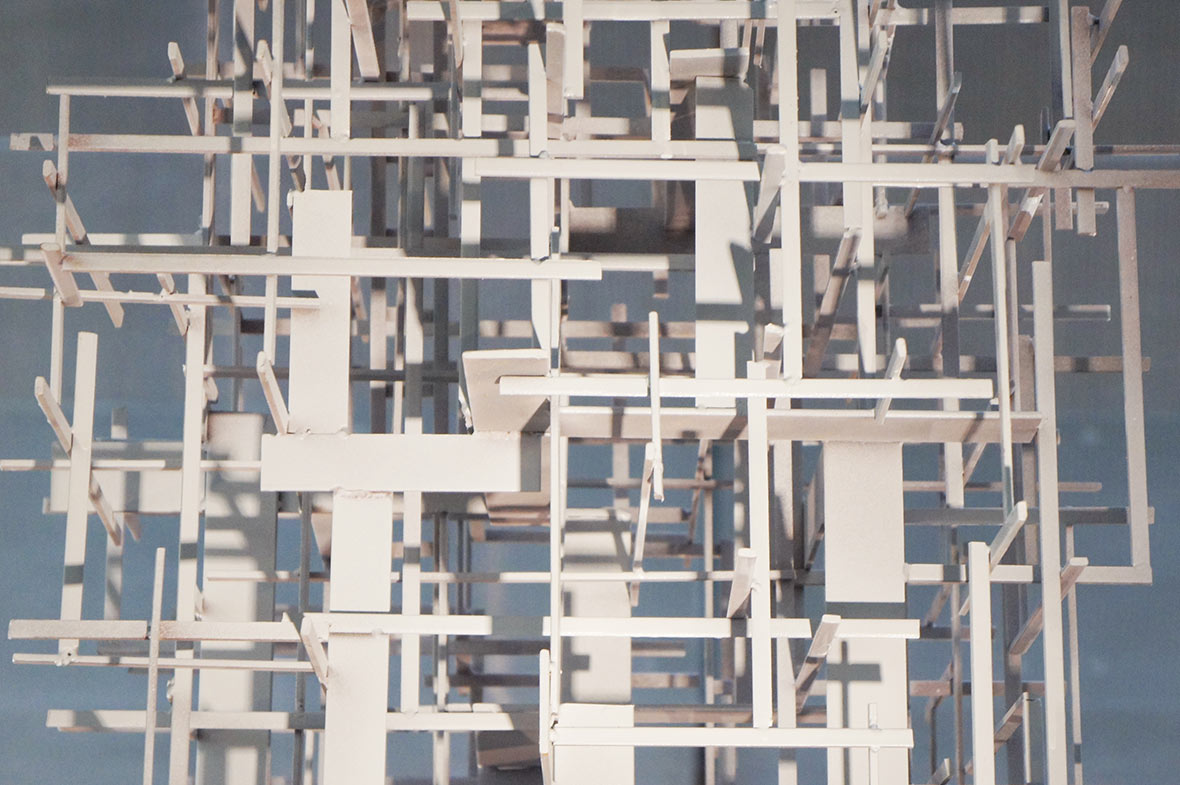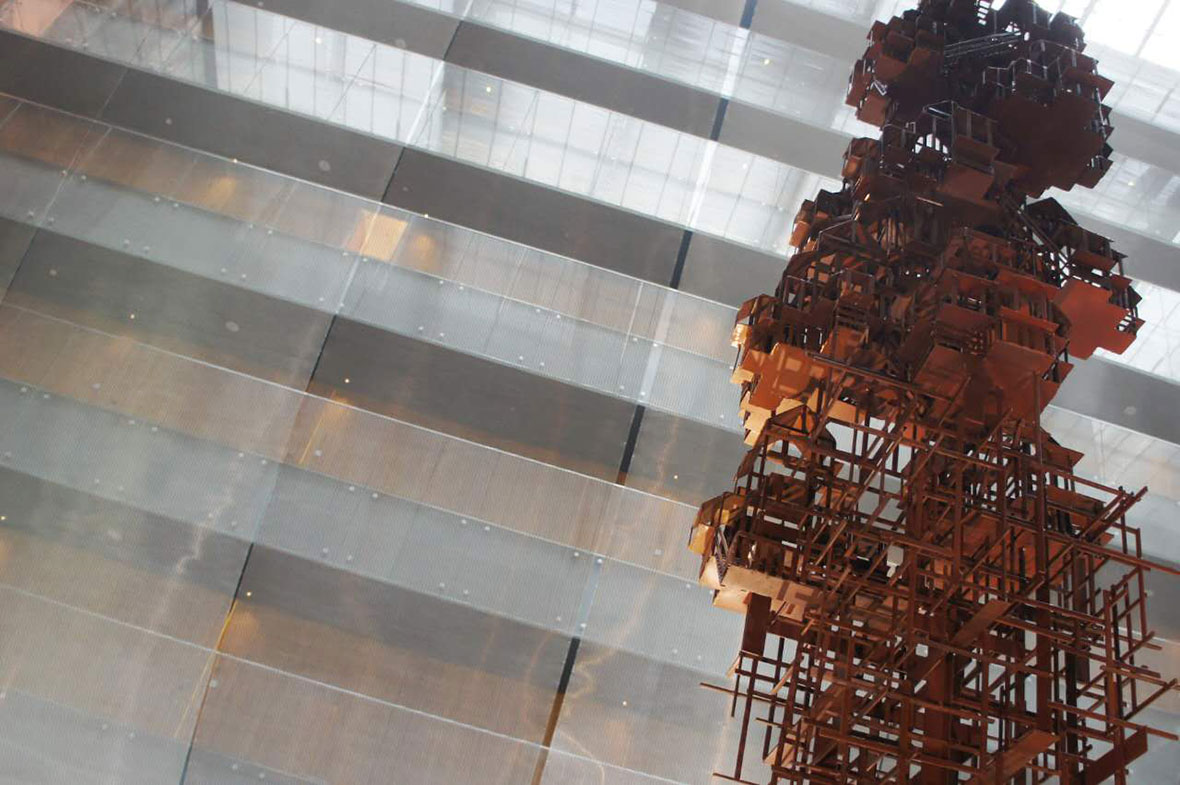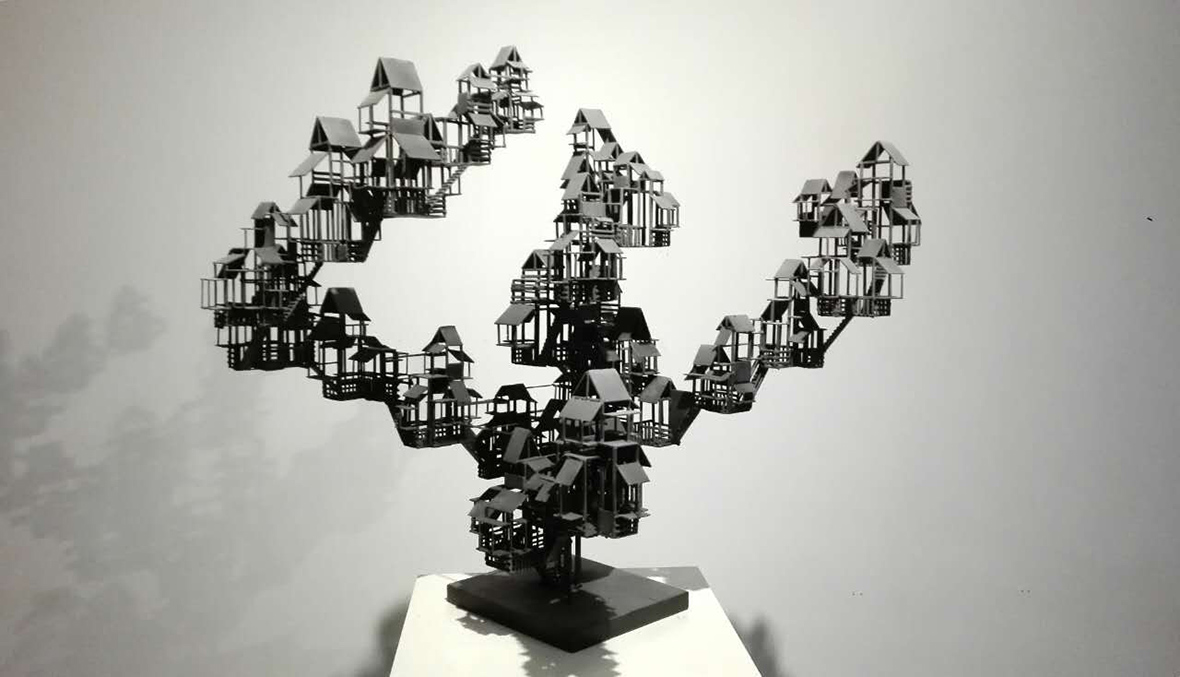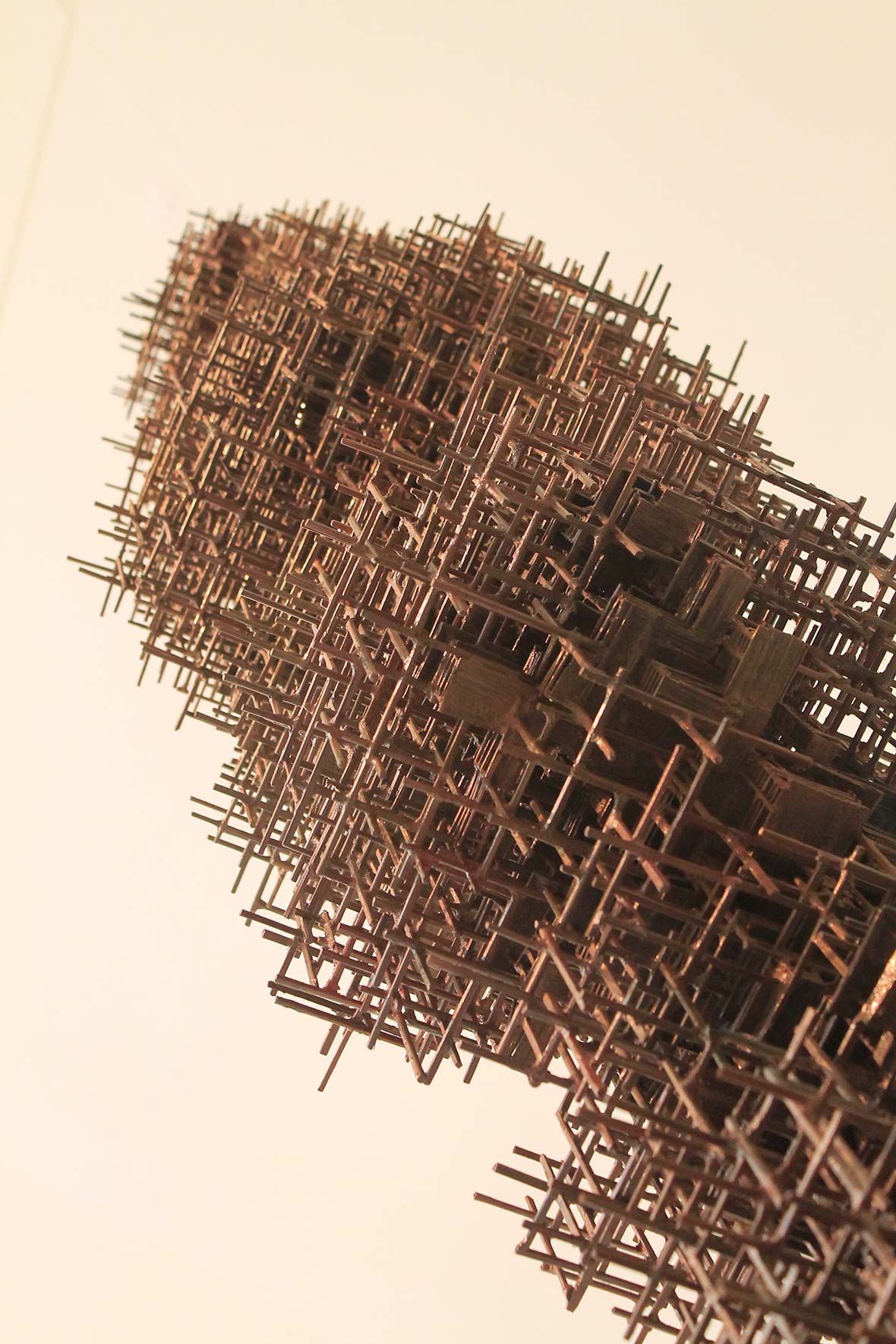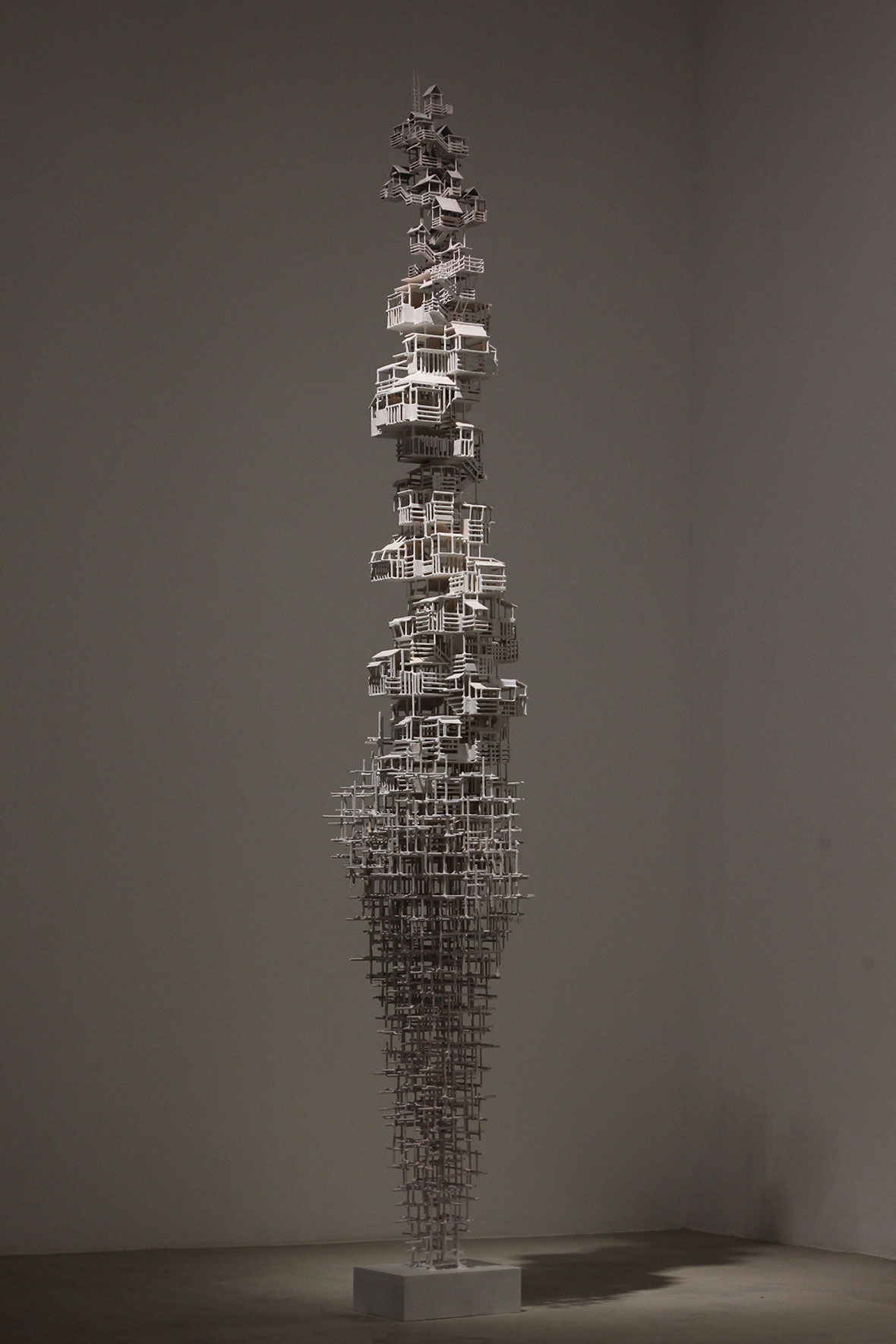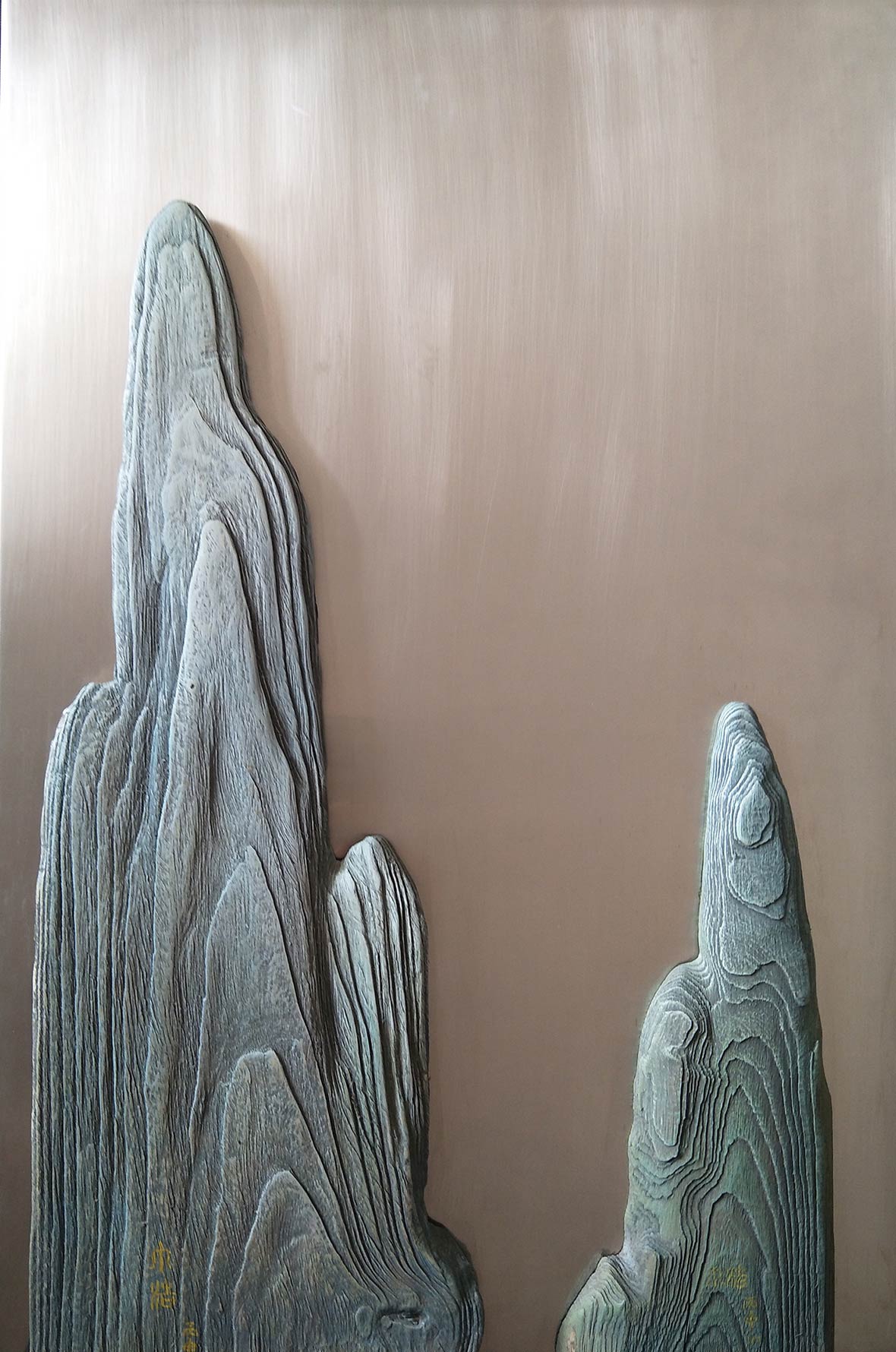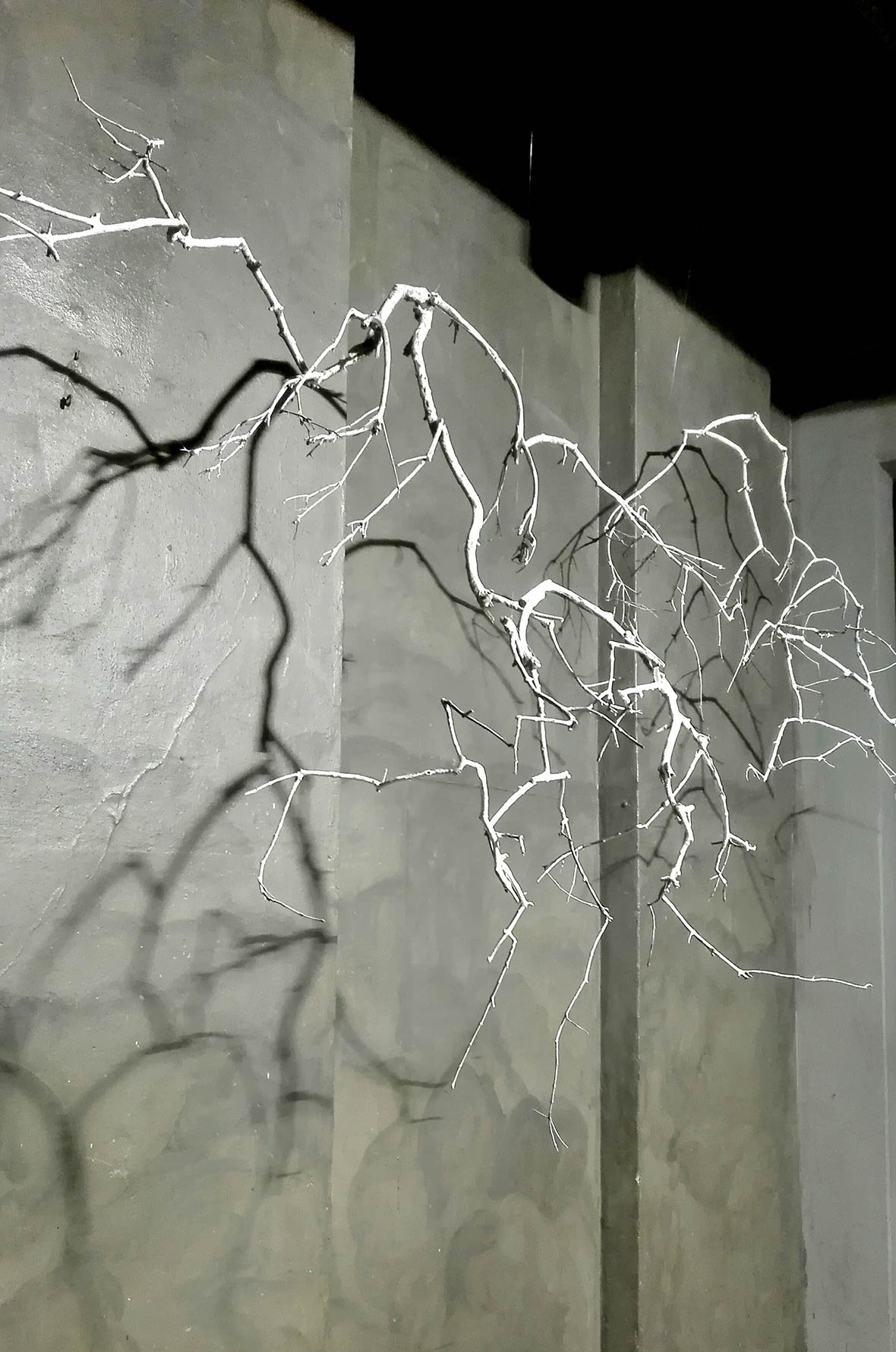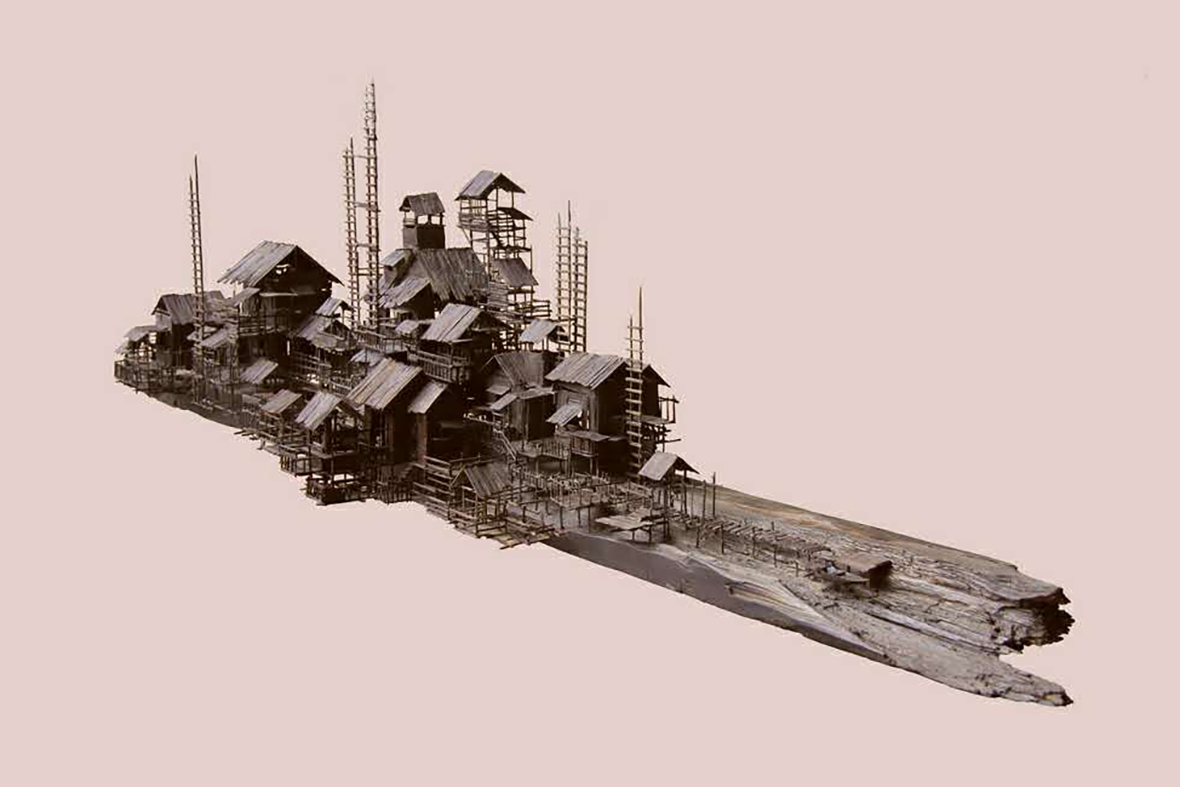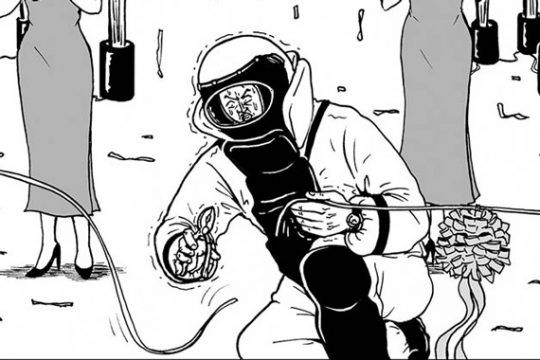无法观看?前往优酷
Ding Hao is a sculpture artist based in Beijing, China. His works are inspired by traditional Chinese architecture, landscape paintings, and modern society. Born in Zhucheng, Shandong Province, Ding completed his undergraduate studies at the Shandong University of Arts, and his master’s studies in sculpture at the China Central Academy of Fine Arts. After holding a teaching position at the Wuhan Institute of Technology from 2015 to 2017, he is now pursuing his doctorate at the Chinese National Academy of Arts. His critically acclaimed sculptures have been exhibited across China and the world.
中国雕塑艺术家丁浩现居于北京。他的作品主要以中国传统建筑,山水画与现代社会为灵感创作。丁浩出生于山东省诸城,在山东艺术学院完成了本科学业后,他又进入中央美术学院雕塑系,获得硕士学位。在 2015 年至 2017 年期间,他在武汉工程大学任教。现在,他又进入了中国艺术研究院攻读博士学位。他所创作的雕塑作品广受好评,曾全中国乃至世界各地展出。
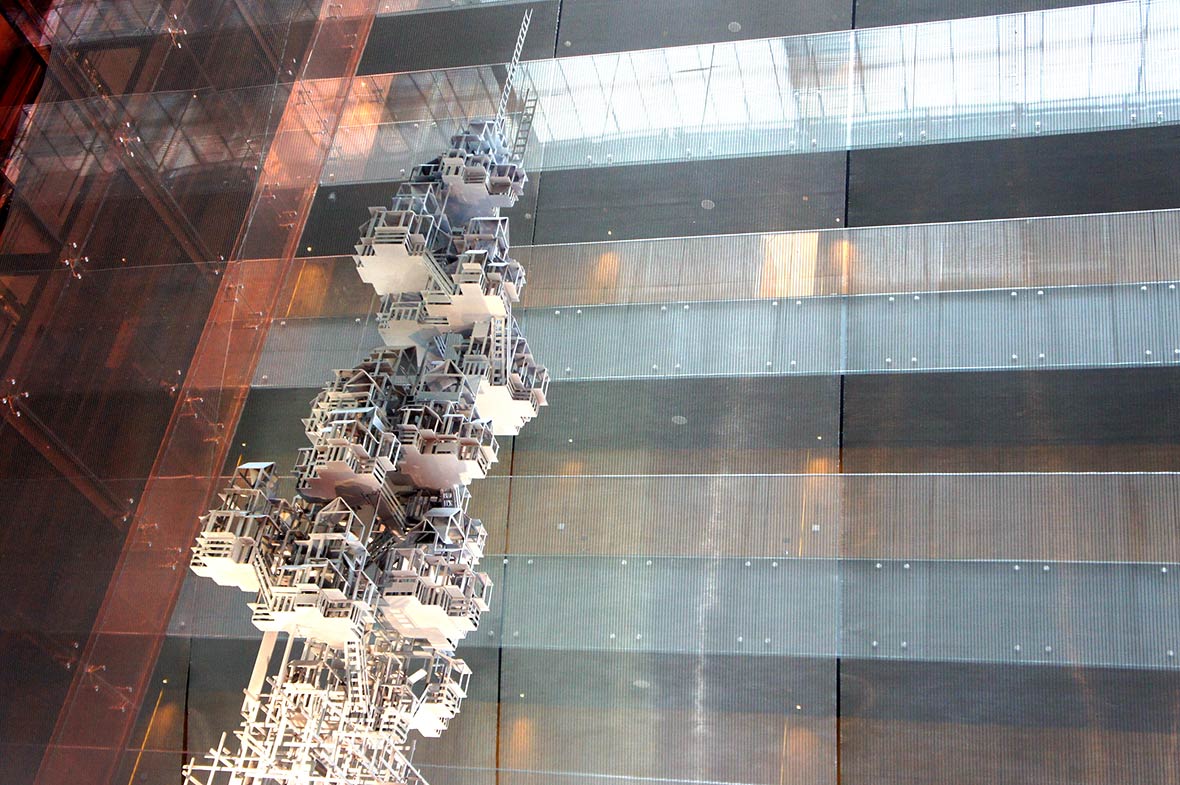
Ding seeks to express the sublime through his non-traditional approach to sculpting form, structure, and space. He is currently working on a series of works that are inspired by traditional Chinese architecture, but at the same time, the series will also incorporate modern architecture into the design. He tells us, “Each artist will have a purpose in mind when selecting a theme for his works, but he will naturally also be influenced by the features of his surrounding environment. For example, if you’re an artist in modern China, you will definitely be influenced by the unceasing, frenetic construction. The endless urban expansion, this is what I’ll incorporate into my works.”
丁浩试图通过非传统的雕塑形式,结构和空间方式,来表达升华的主题。他目前正在创作的一系列作品,以中国传统建筑为灵感设计,同时融入了现代建筑的元素。他告诉我们:“每个艺术家选择一个元素的时候有针对性,但是他在创作的时候必然会掺杂他当下所处的生活环境所赋予的特殊含义。比方说,你在当下的中国你创作肯定会受这种建设狂潮的影响。无休止地扩张那种元素,我就把这个东西添加在作品里面。”
Although he draws primarily from his own experience to create his sculptures, Ding is also quick to point out other notable artists whom he admires. He tell us, “In my creative process, I won’t purposely search out or borrow from the works of others. My work comes entirely from my own interests, personal growth and experiences, or my surrounding environment. From that, I’ll slowly find my way. So I don’t study the works of other artists on purpose. But I do like the works of M. C. Escher. My works might have some commonalities with his images, with his surrealist approach to architecture and the impossible worlds he creates.” Another artist whom Ding admires is Japanese animation director Hayao Miyazaki. “I feel like his films are suitable for all ages,” he says. “They’re not just for children. He has a deep understanding of human nature and society, which are universal topics. So I like his works a lot. They’re quite inspirational. ”
虽然他在创作雕塑作品时,主要都是从自己的生活经验中寻找灵感,但他也很直接地说出了一些他特别欣赏的著名艺术家。他说:“我在做创作的时候没有说刻意地去追寻或者借鉴什么东西,就是完全是由自己的兴趣点,然后根据自己的成长,自己的阅历,或者环境的影响,去慢慢地走出一条线来。所以说,没有刻意地学习哪个艺术家。但是我是比较喜欢M.C.埃舍尔的作品。他画的那种感觉可能跟我有点类似,这种房屋的建筑的超现实主义的,或者说这种逆向世界有点相似。” 丁浩尤其钦佩的另一位艺术家是日本动画导演宫崎骏,他说:“我觉得他的作品是老少皆宜的,不是单纯给小孩子看。因为他的作品的深度,人文情怀,关注社会,关注环境,都是世界范围那些话题嘛,所以对他的作品非常喜欢,从这儿会受到很多启发。
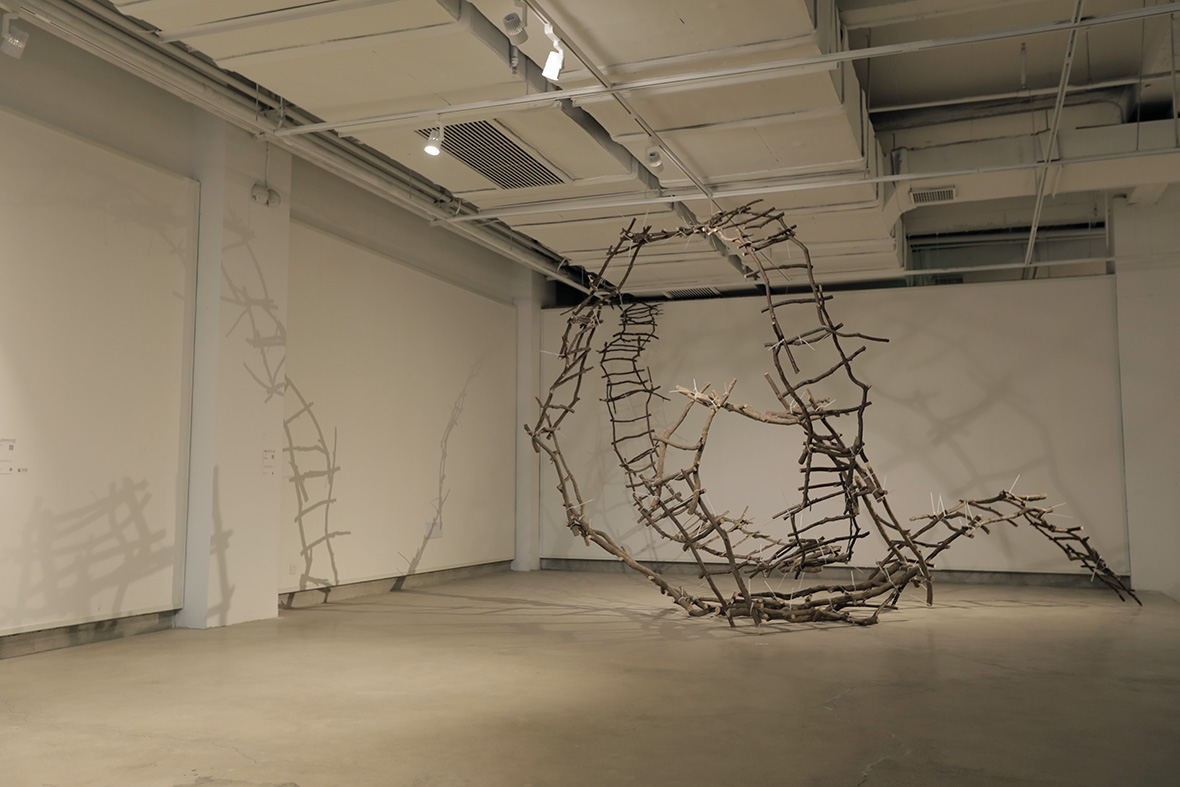
As an artist, Ding is conscious of the historical context of sculpture as a human art form. He explains, “If we consider the origins of sculpture, the most ancient sculptures all had to do with religion. They had to do with offering sacrifices, memorials, or commemorations. Sculptures had a strong ceremonial and religious connotation. It would gradually change as it evolved, from sculpting gods to sculpting famous people and ordinary people, which brings us to now, where sculpture includes all kinds of non-human forms and objects.” From an informed awareness of the philosophical implications of sculpture, Ding creates works that are timeless, thoughtful, and universal.
作为一名艺术家,丁浩会格外留意雕塑作为一种人为的艺术形式的历史背景。他解释说:“从古代的雕塑来说的话,其实最原始的古代雕塑是具有宗教意义的。它是因为祭祀啊,或者说是纪念啊,或者说是表彰。它具有很强的仪式感,宗教感。然后后来逐渐逐渐了演化成平民化,从塑造神,塑造名人,到后来塑造的人,到现在的塑造各种各样的非人物的各种物像。” 带着他意识到的雕塑哲学意义,丁浩创作出了永恒的,全面的和具有普世价值的雕塑作品。
Contributor & Videographer: George Zhi Zhao
Images Courtesy of Ding Hao
视频摄影师与供稿人: George Zhi Zhao
图片由丁浩提供

